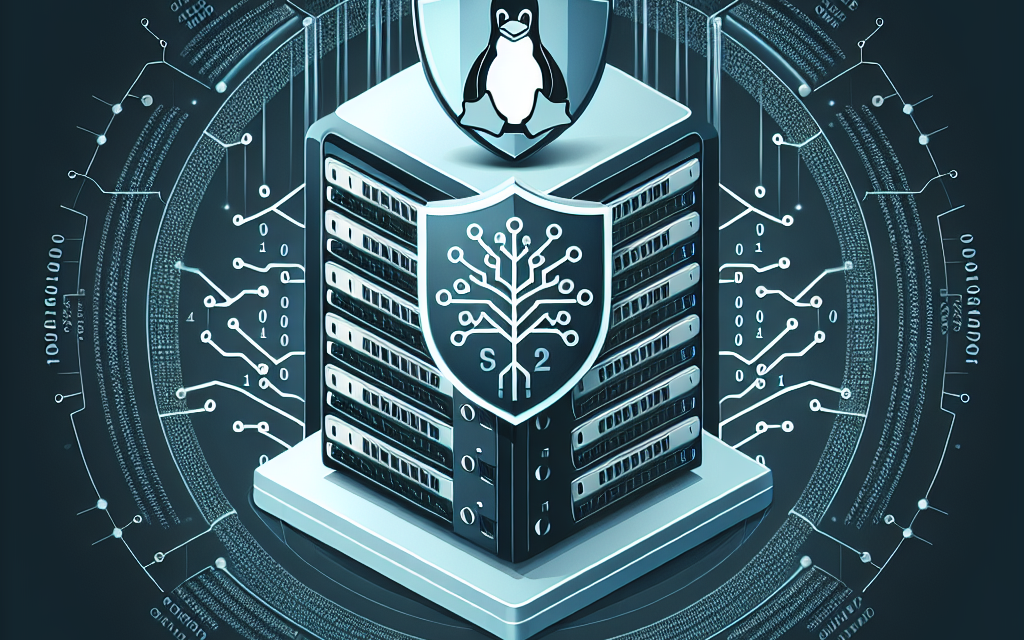As cybersecurity threats continue to evolve, organizations must adopt robust security practices to protect their infrastructure. One vital aspect of this security landscape is implementing branch protection rules on Linux servers, particularly for teams utilizing version control systems like Git. This article explores the significance of branch protection rules, their configurations, and best practices for securing Linux server environments.
What are Branch Protection Rules?
Branch protection rules are policies that help manage how branches are interacted with in version control systems, particularly within collaborative projects. They prevent unwanted changes and enhance the integrity of the codebase by enforcing specific workflows and access controls. In the context of Linux servers, these rules play a crucial role in safeguarding production environments and ensuring stability.
Why Branch Protection Rules Matter
-
Preventing Unauthorized Changes: By enforcing branch protection, you can restrict who can push changes to critical branches, such as
mainormaster, significantly reducing the risk of unintended changes. -
Enhancing Code Quality: Protection rules can require peer reviews and automated testing before merging, ensuring that only quality code is integrated.
-
Auditing and Compliance: With well-defined branch rules, organizations can maintain comprehensive logs of changes, which aids in compliance with regulatory standards.
Setting Up Branch Protection Rules
To implement branch protection rules in a Linux server environment, we’ll use Git as an example. Here’s a step-by-step guide on how to set them up using Git and GitHub, GitLab, or Bitbucket as your repository manager.
Step 1: Choose a Repository Manager
Depending on your organization’s needs, select a repository manager:
- GitHub: Popular and user-friendly.
- GitLab: Powerful CI/CD integration.
- Bitbucket: Focused on team collaboration.
Step 2: Define Protected Branches
Determine which branches require protection. Commonly, main or develop branches are the primary candidates.
Step 3: Configure Protection Rules
For GitHub:
- Go to your repository settings.
- Navigate to the “Branches” section.
- Click “Add rule” for your target branch.
- Enable settings such as “Require pull request reviews before merging” and “Require status checks to pass before merging” to enforce checks.
For GitLab:
- Go to your project’s settings.
- Click “Repository” and find “Protected branches.”
- Specify the branch and the permissions for merging, pushing, and unprotecting it.
For Bitbucket:
- Go to your repository.
- Navigate to “Settings” and then “Branch permissions.”
- Add a branch permission for your selected branch and set access levels.
Step 4: Ensure Review Processes
Establish a clear process for code reviews. Utilize tools like GitHub Actions or GitLab CI/CD to automate checks, ensuring that all code is reviewed before merging.
Step 5: Monitor Changes
After setting the rules, monitor branch activities. Consider using logging solutions that track changes to critical branches, providing an audit trail for security compliance.
Best Practices for Branch Protection
-
Limit Permissions: Restrict push and merge permissions to only essential team members.
-
Automate Testing: Integrate CI/CD pipelines that automatically run tests and checks on pull requests.
-
Regularly Review Rules: As your team and projects evolve, periodically assess branch protection rules to ensure they remain effective.
-
Educate Team Members: Conduct training sessions to ensure all developers understand the importance of branch protection and how to adhere to the established policies.
-
Backup and Recovery: Maintain regular backups of your repositories to avoid data loss in case of accidental merges or deletions.
Conclusion
Implementing branch protection rules on Linux servers enhances security, ensures code quality, and fosters a culture of accountability within development teams. By following the steps outlined above and adhering to best practices, organizations can significantly mitigate risks associated with unauthorized changes and bolster their overall security posture. As threats continue to emerge, staying vigilant and proactive is the best strategy for safeguarding your code and systems.
For more articles on Linux security and best practices, stay tuned to the WafaTech Blog!





